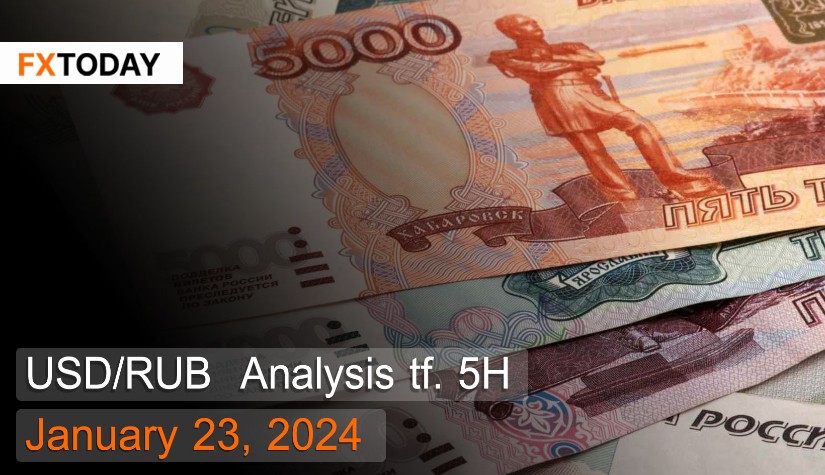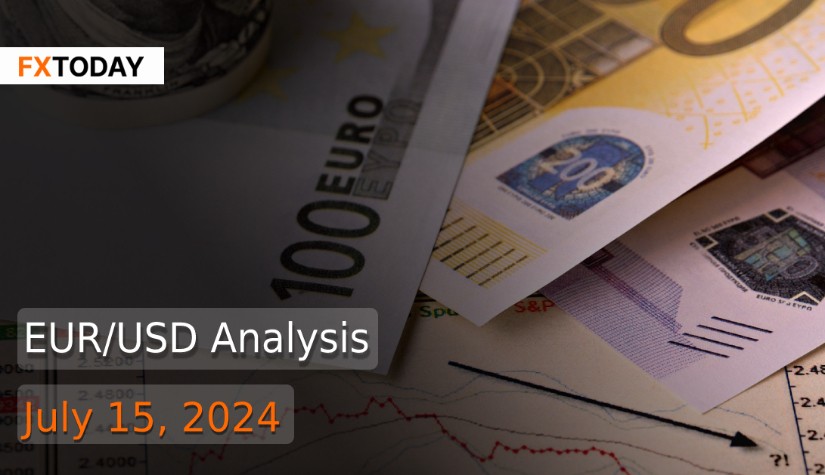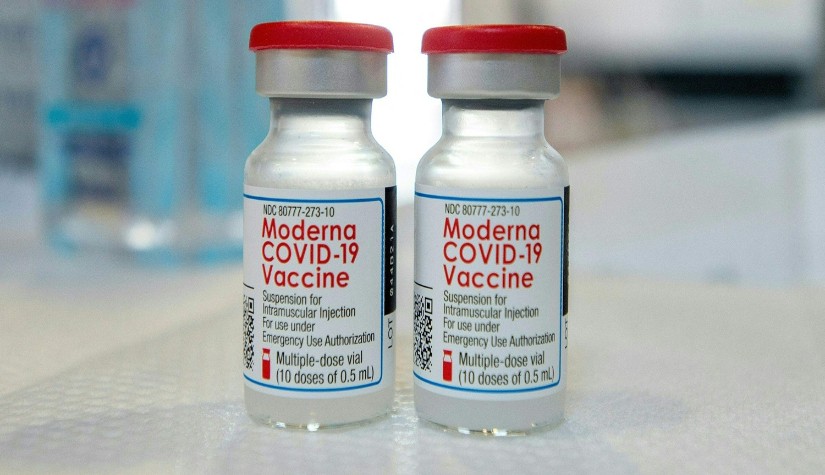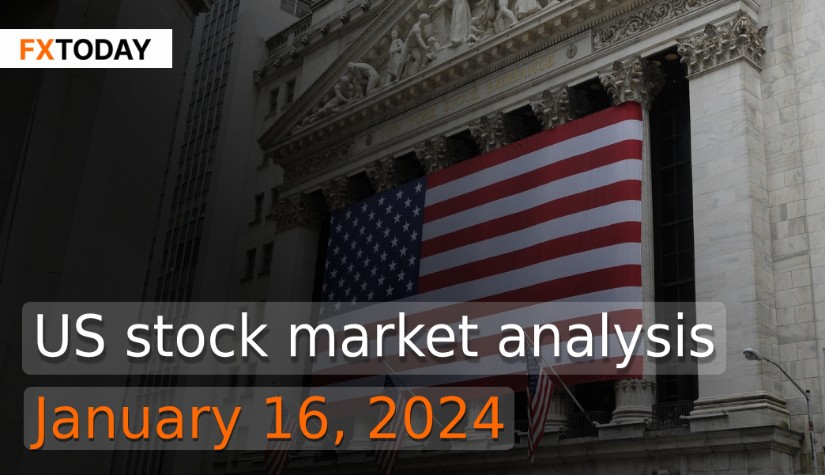Russia's inflation has decreased.
The Russian ruble stabilized at around 88 rubles per US dollar. The decline in oil prices continues to impact Russia, a country that heavily relies on direct oil exports. Additionally, the ruble receives support from interventions in the foreign exchange market by the central bank, which has increased. The Ministry of Finance remains focused on controlling existing capital and preventing further devaluation of the ruble.
The inflation rate in Russia has decreased to 7.4% on an annual basis in December, compared to 7.5% in the previous month. The aggressive interest rate hikes by the Central Bank of Russia (CBR) have contributed to slowing the growth of service costs. However, rising food demand has led to an increase in food prices.
Russia's significant current account balance has decreased significantly, reaching 10.7 billion US dollars in the fourth quarter of 2023, down from 41.7 billion in the previous year. Western sanctions and a decline in oil exports have resulted in reduced revenues. This downturn has also affected the sales of energy and mineral products.
The trade surplus has decreased to 8.7 billion US dollars in November, compared to 18.8 billion in the previous year. Exports have contracted faster than imports, with a 26% reduction in exports to 33.4 billion US dollars from 45.1 billion. Sales have decreased in Europe but increased in Central Asia, such as Afghanistan and Mongolia. Russia is actively seeking new markets to replace the lost ones.
Imports to Russia have increased to 24.7 billion US dollars from 23.7 billion, driven by the growing demand for goods and services domestically. The country also requires significant labor and machinery for production after foreign investments were withdrawn. Import items mostly consist of machinery and chemicals.
The return on Russia's 10-year government bonds has decreased to 12.2% due to recent economic data, prompting speculation that the central bank may ease financial measures. This has led to expectations of the first interest rate cut occurring between March and May. Russia may resort to issuing government bonds to compensate for the budget deficit caused by military expenditures.
Techical analysis data (5H)
Resistance: 88.0284, 88.1567, 88.3559
Source: Investing.com
Buy/Long 1: If the price touches support in the price range of 87.5017 - 87.7009 but cannot break the support at 87.7009, you may set a TP at approximately 88.1567 and SL at around 87.3734 or according to your acceptable risk.
Buy/Long 2: If the price breaks the resistance in the price range of 88.0284 - 88.1567, you may set a TP at approximately 88.3559 and SL at around 87.5017 or according to your acceptable risk.
Sell/Short 1: If the price touches resistance in the price range of 88.0284 - 88.1567 but cannot break the resistance at 88.0284, you may set a TP at approximately 87.5017 and SL at around 88.3559 or according to your acceptable risk.
Sell/Short 2: If the price breaks the support in the price range of 87.5017 - 87.7009, you may set a TP at approximately 87.3734 and SL at around 88.1567 or according to your acceptable risk.
Pivot point January 23, 2024 03:08 PM. GMT+7
|
Name
|
S3
|
S2
|
S1
|
Pivot Points
|
R1
|
R2
|
R3
|
| Classic | 87.3734 | 87.5017 | 87.7009 | 87.8292 | 88.0284 | 88.1567 | 88.3559 |
| Fibonacci | 87.5017 | 87.6268 | 87.7041 | 87.8292 | 87.9543 | 88.0316 | 88.1567 |
| Camarilla | 87.8099 | 87.84 | 87.87 | 87.8292 | 87.93 | 87.96 | 87.9901 |
| Woodie's | 87.4088 | 87.5194 | 87.7363 | 87.8469 | 88.0638 | 88.1744 | 88.3913 |
| DeMark's | - | - | 87.765 | 87.8612 | 88.0925 | - | - |
















